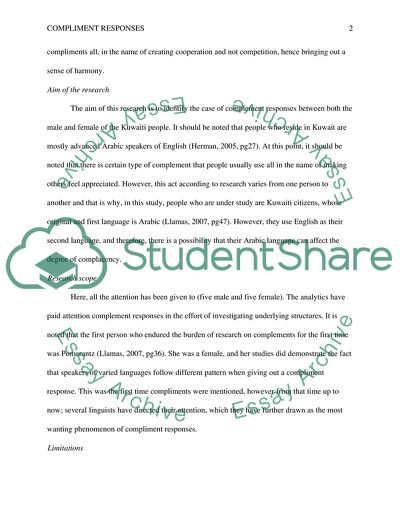Cite this document
(“Compliment Responses between Male and Female Essay”, n.d.)
Retrieved from https://studentshare.org/humanitarian/1641217-compliment-responses-between-male-and-female
Retrieved from https://studentshare.org/humanitarian/1641217-compliment-responses-between-male-and-female
(Compliment Responses Between Male and Female Essay)
https://studentshare.org/humanitarian/1641217-compliment-responses-between-male-and-female.
https://studentshare.org/humanitarian/1641217-compliment-responses-between-male-and-female.
“Compliment Responses Between Male and Female Essay”, n.d. https://studentshare.org/humanitarian/1641217-compliment-responses-between-male-and-female.


